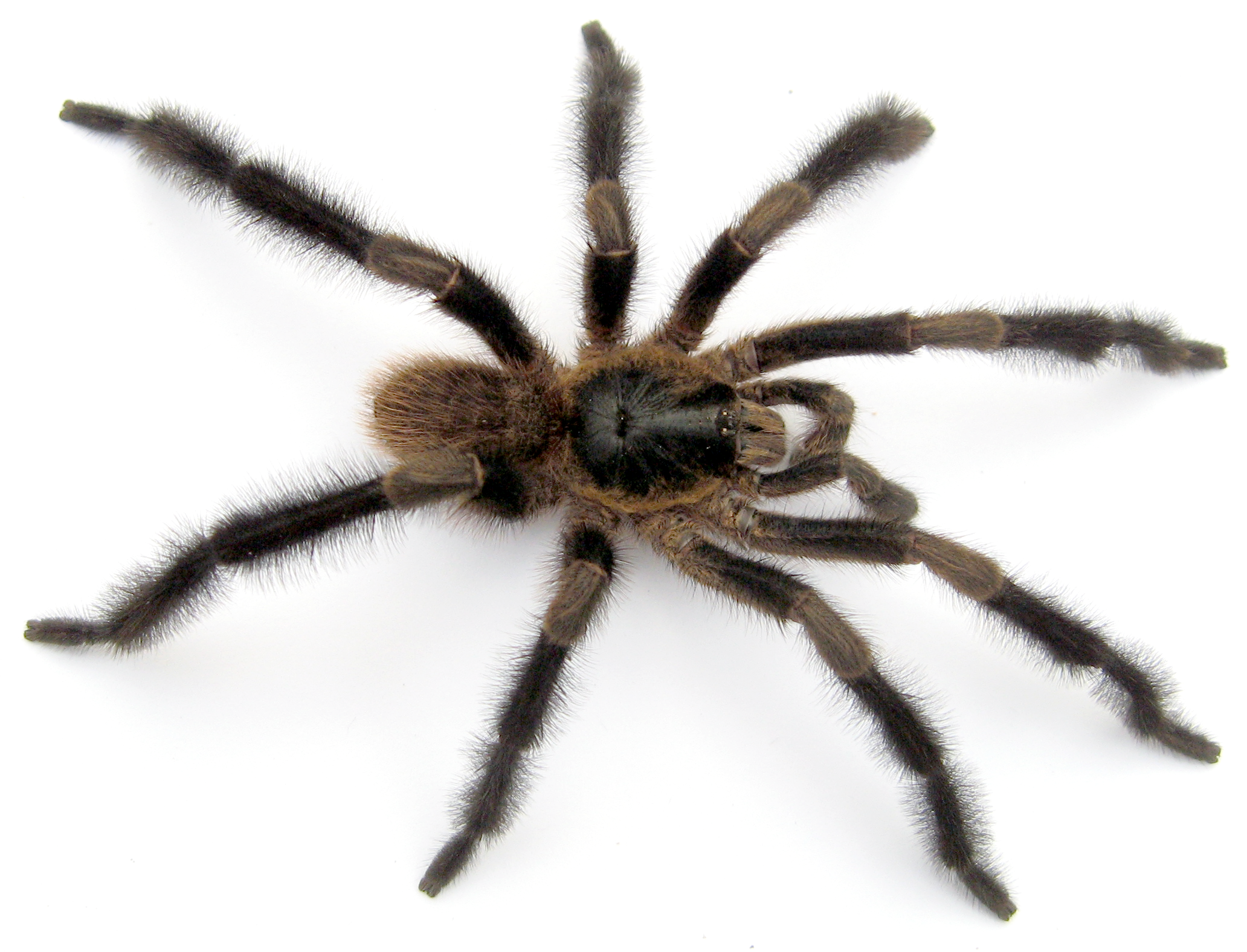Islands play a distinct role in the evolution of the animal species that inhabit them, providing different ecological niches and cutting off populations from other individuals. These conditions give rise to a whole host of adaptations, some which are more unusual than others – and some of which lead to especially hairy legs.
The Viñales National Park on the western side of the island of Cuba is a biological hotspot, and it is here that researchers have discovered a new species of tarantula. The new species is unusual for being both the largest species in the genus Trichopelma, and also for having exceptionally hairy legs.
Until now, Tricopelma contained 22 species that were found across the Antillean Islands, including five species that were native to Cuba. The new species, Trichopelma grande, is a bit unusual since it exhibits morphological features usually found in species from ones that live in trees. The first is that this new tarantula is the largest of all the Triocopelma species.
“This is a large species for the tarantula group that it belongs to, the Trichopelmatinae, but not really for tarantulas in general.” Lead author and postdoctoral researcher David Ortiz told IFLScience. “The largest tarantula species in the world belong to the genus Theraphosa and live in northern South America. They can reach 25–35 mm [0.98-1.38 inches] of carapace length, which is the structure that is most commonly used for measuring the size of spiders because it is rigid. In contrast, the three males of Trichopelma grande that we know of reach 8.4–11.1 mm [0.33-0.44 inches] of carapace length.”
While it might be the largest of the genus, it doesn’t come close to the largest tarantula ever.
Image Courtesy of David Ortiz
Another unusual feature is that the males have prominent stiff hairs or bristles on their legs, known as setae. The authors write that these give “the legs a feather-duster-like appearance”. This is a common feature among tarantulas with a lifestyle that survives in trees – however, the new species lives in a trap-door burrow on the forest floor which is seen in other Trichopelma species.
Given that the researchers only found a few examples of the new species, all of them male, they do not have enough data to determine a conservation status for Trichopelma grande. However, they do write about the importance of Viñales National Park and the highly endemic species that live there. The team also suggests that the lack of this specimen in museum collections could indicate a scare population.
“I think that such a unique species deserves to be examined more deeply. The Viñales National Park is especially under threat by human activity (e.g., tree logging) and by extreme weather events like hurricanes. The valley of Viñales is deeply disturbed, and only forest patches remain untouched in the mogotes and sierras scattered along the valley.” Finished Ortiz
The paper is published in the Journal of Natural History.
Source Link: New Tarantula Species From Cuba Is The Largest Of Its Kind – With The Hairiest Legs
